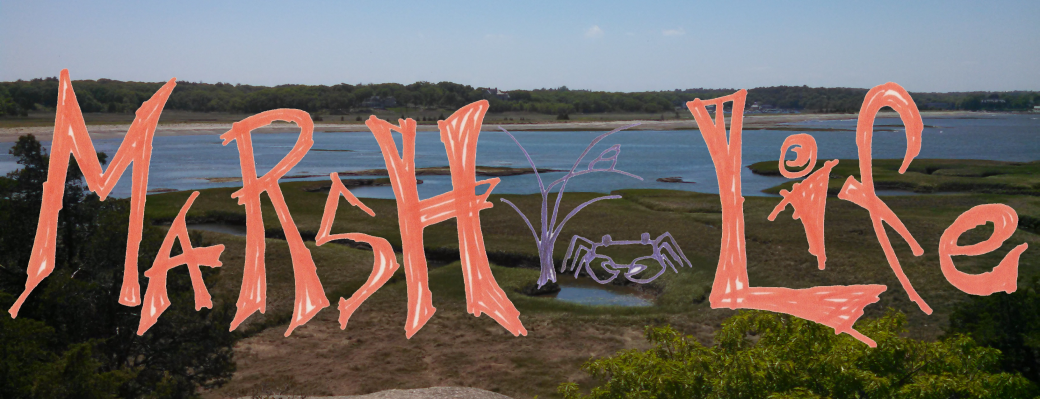Some very cool new research has come out of the Pennings Lab at the University of Houston last month. Huy Vu et al reports, in Ecology, that purple marsh crabs Sesarma reticulatum can be responsible for massive changes in salt marsh hydrology! Through extensive burrowing and consumption of vegetation, crabs extend, build, and move salt marsh creeks.
Photo from Vu et al 2016
Vu found that the purple marsh crab excavates a massive amount of sediment per day, sometimes almost twice as much as other marsh crabs. In addition, purple marsh crab density was highly correlated with decreases in above and belowground biomass and plant height. These crab activities, especially when they were concentrated in the “dead zone” at the leading edge of a marsh creek as Vu calls it, drastically change the marsh sediment. Speaking from experience, walking in these crab infested areas is very difficult! The soil stability is very low, so its not hard to imagine how constant water flow over those areas can enlarge creek heads. To top it off, Vu et al simulated purple marsh crab herbivory at some of these creek heads and found that creeks expanded 38% more where plants were removed in similar ways as herbivory!
The purple marsh crab has been featured on MarshLife before and this is a very cool addition to the already exciting life history of this unique crab. Across its range the PMC can cause massive erosion (New England), prey on keystone consumers (Georgia), regulate ecosystem functions (Georgia), over-graze marsh grass (Southeast US), and change the whole flow of salt marsh creeks (SE). Considering that this crab is abundant all throughout marshes up and down the Atlantic coast it begs the question, is the purple marsh crab the most important salt marsh consumer?! I say yes 🙂


